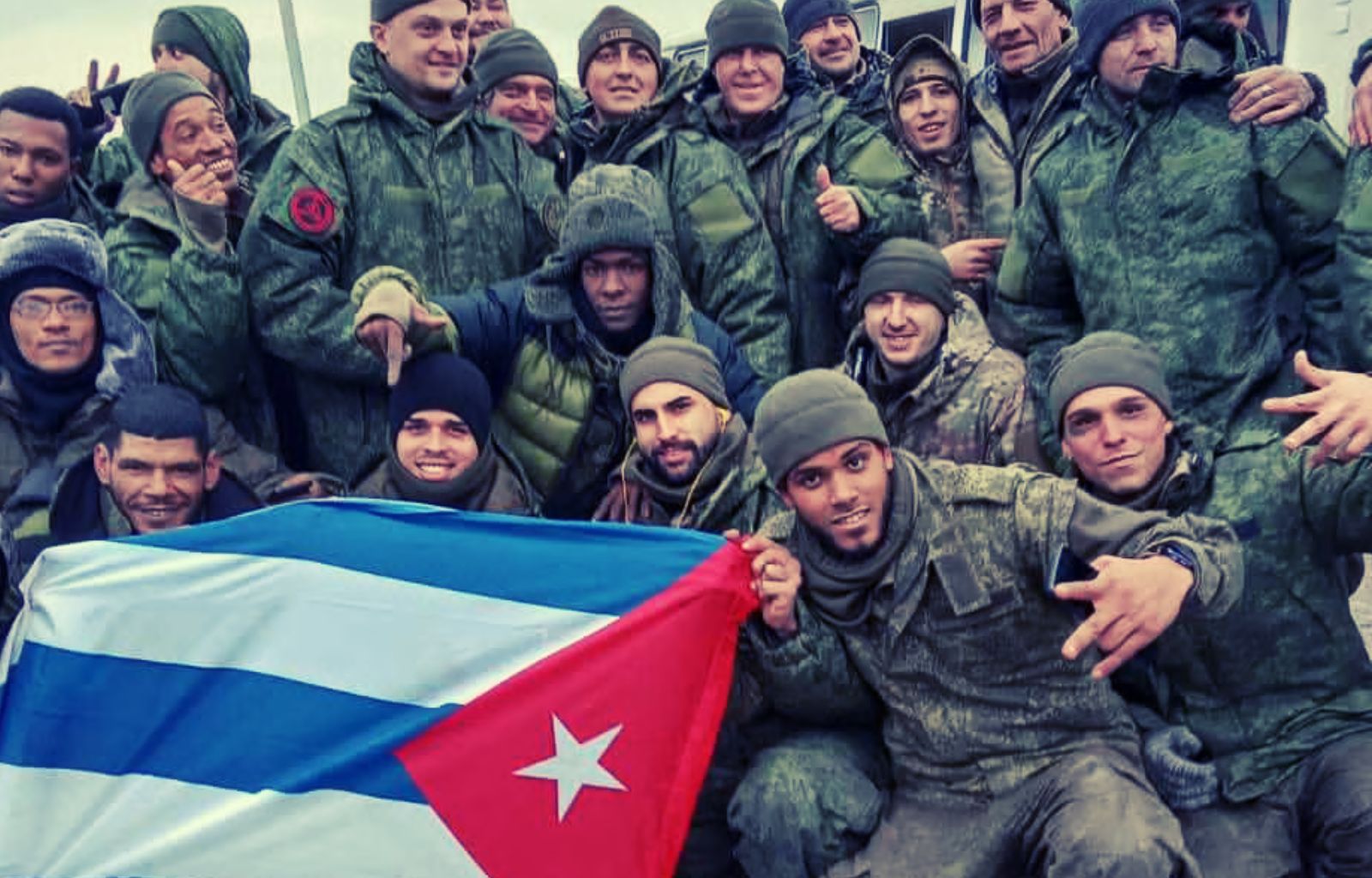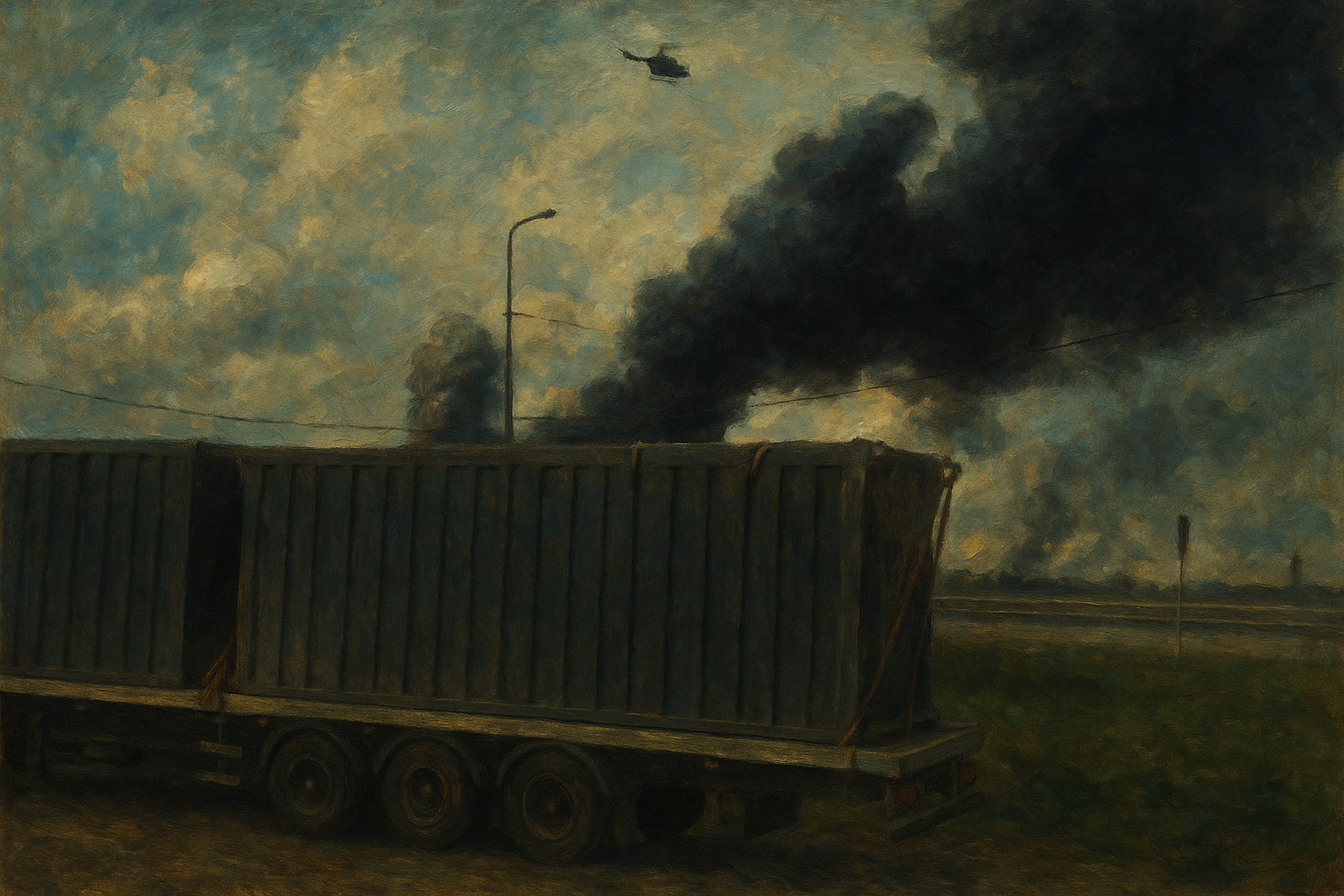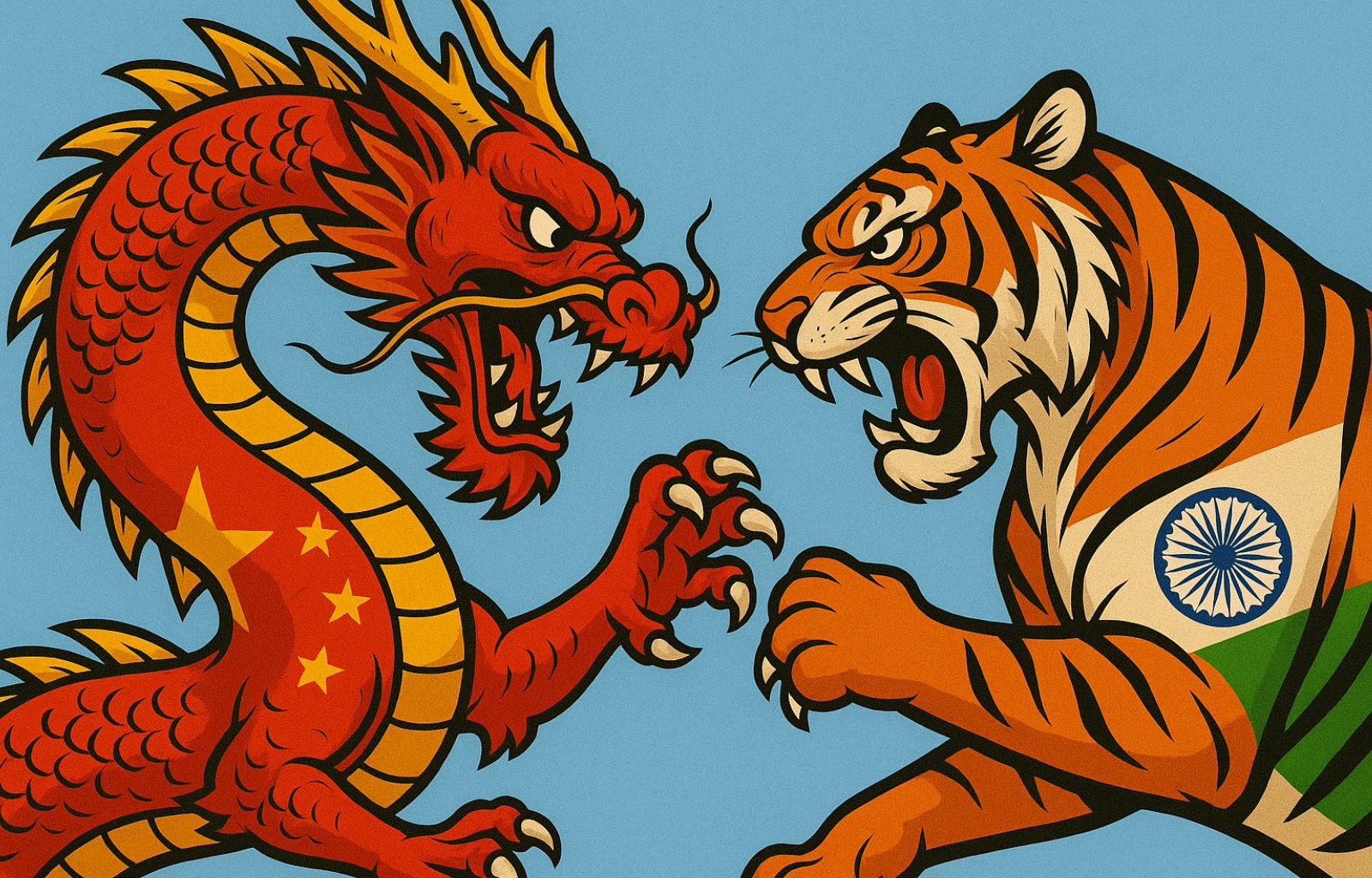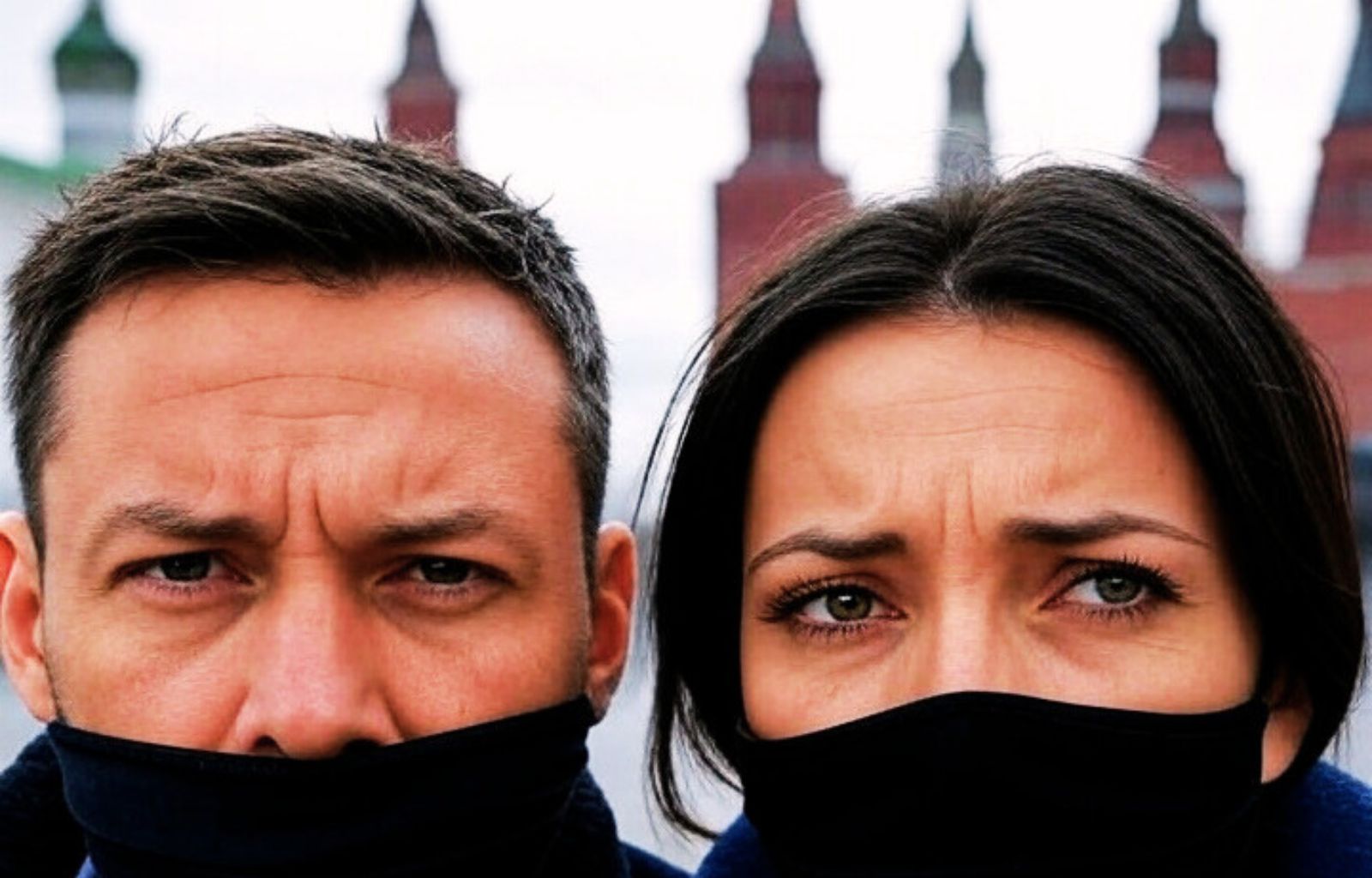Rubber dinghies, life jackets and fake civilian raids: how Beijing provokes Taiwan
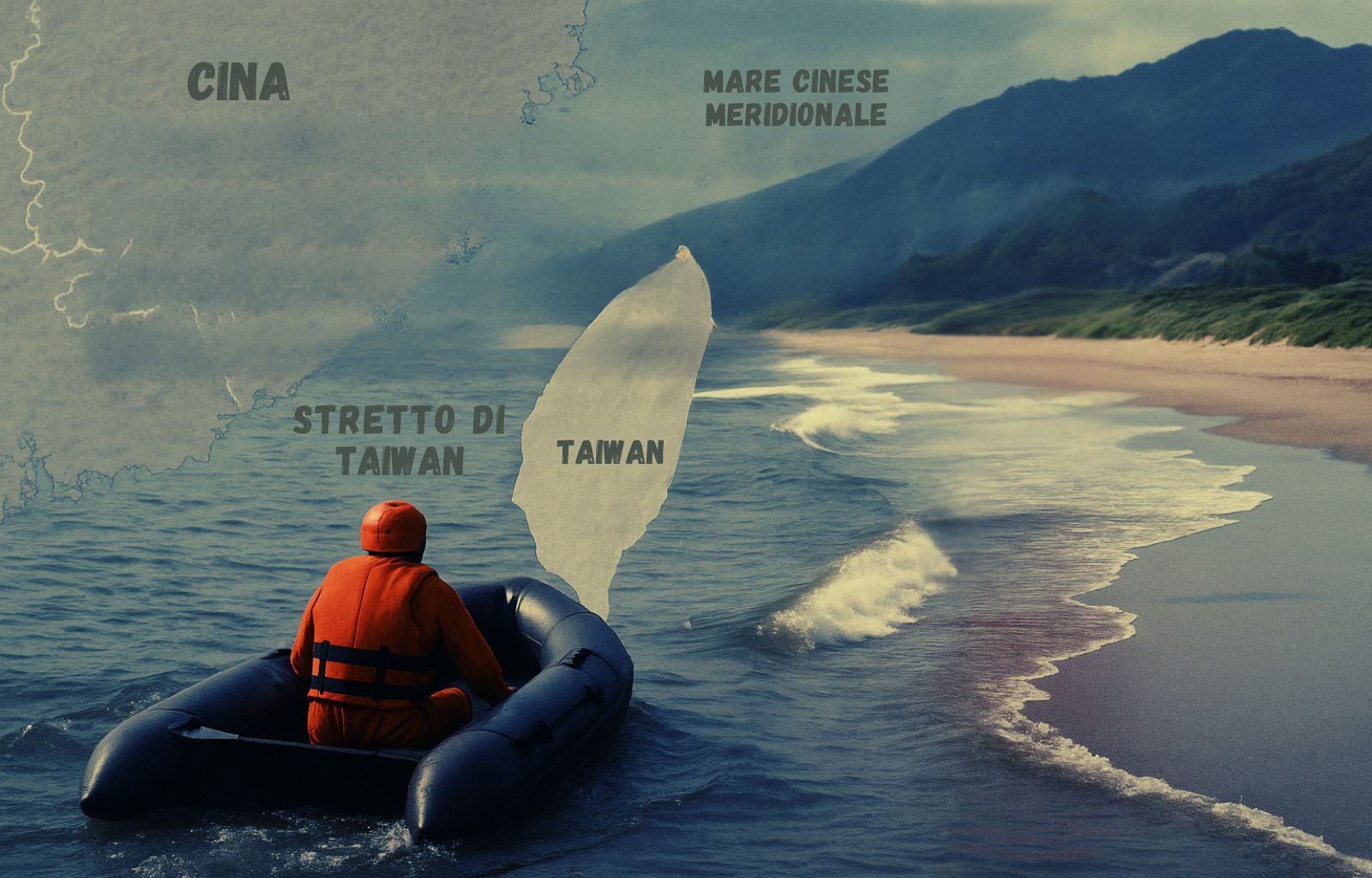
In recent weeks, Taiwan’s coasts and beaches have become a stage for episodes that are as unusual as they are strategically significant. But what is really happening? Men aboard dinghies, improvised floats or simple lifebuoys have attempted to cross the Taiwan Strait from the Chinese coast. At first glance, they might just be fleeing citizens, driven by desperation. Yet a closer look reveals a more complex plot, a lucid and methodical strategy. Beijing is in fact testing new penetration techniques, gauging Taiwanese reactivity while exerting constant psychological pressure: silent, but inexorably growing.
Taipei authorities openly speak of cognitive warfare
The Taipei authorities speak without hesitation of a real cognitive war: a strategy designed to instil insecurity in the population and force the local government to divert resources and attention towards unpredictable threats, often difficult – if not impossible – to intercept in advance with normal radar systems. In this context, even seemingly marginal details, such as the absence of sunburn or the amount of residual fuel in the dinghies of the ‘castaways’, become elements of investigation, a symptom of an operation that is anything but improvised.
The logic of the ‘grey zone’ according to Beijing
The use of hybrid operations, which deliberately place themselves outside the conventional distinction between peace and war, is now a constant feature of Chinese strategic projection. Chinese military doctrine itself makes ample use of the expression ‘grey zone tactics’ to define under-the-radar interventions, capable of eroding the will of the adversary without resorting to open conflict. Acting in the shadows, creating confusion, taking advantage: this is Xi Jinping’s preferred tactic.
It is in this pattern that the ‘invasions’ of Chinese citizens fit. Individual episodes that, taken in isolation, might seem negligible, but in their systematic repetition contribute to generating a sense of permanent siege. An implicit but very clear message: China is everywhere, and Taiwan cannot afford to let its guard down.
The symbolic component, Chinese flags placed on Taiwanese territory
Some of these incidents were accompanied by acts of direct defiance. One man claimed to have crossed the Taiwan Strait in an inflatable boat to plant the flag of the People’s Republic on a beach on the island. Despite uncertainties about the actual modalities of the operation, amid suspicions of local aid and possibly locally recorded videos, the gesture had an immediate media impact, turning a low-profile raid into a case of viral propaganda.
Again, the intent was not military in the strict sense, but psychological and symbolic. The objective? To show that China can strike where and when it wants, with anyone. A weapon as effective as it is cheap.
Ambiguity as Beijing’s weapon
All this, meanwhile, takes place while Beijing continues the rapid modernisation of its armed forces, testing the new aircraft carrier Fujian at sea and increasing the frequency of air-sea manoeuvres in the vicinity of disputed waters. In recent weeks there have been numerous approaches between Chinese helicopters and aircraft of unspecified ‘enemy’ forces, in an escalation of tensions that, while remaining below the threshold of direct confrontation, can no longer be dismissed as mere exercises. In fact, these are real tactics anticipating a possible invasion of Taiwan.
Beijing acts on several levels. It flexes its muscles, yes, but also sharpens its weapons of ambiguity. It does not need a large-scale invasion to erode Taiwanese security; a series of small, systematic and unpredictable incursions is enough to keep the island in a permanent state of alert. And so, even civilians and rubber boats end up becoming part of a hypothetical war to be unleashed against Taiwan.
The risk of habit and internal erosion
Taipei is aware that it cannot sustain an exhaustive defence on every metre of coastline for long, especially in the face of threats that take on civilian guises. The strategy of ‘porcupine defence‘ – hitting the invader hard at the right time – remains the most realistic, but risks being worn down by operations that do not involve a formal invasion, but a slow infiltration into the collective perception of vulnerability.
For now, the response has consisted of increased patrols, the installation of new thermal surveillance systems and closer coordination between the immigration agency and the armed forces. But time plays in favour of those with initiative, resources and a long-term strategy. And China, today, seems to hold all three cards. Taiwan needs to act and react. And that is not easy when you are faced with an adversary like Beijing, which obsessively thinks about invading you.

Reading suggestion: ‘Scemi di pace’.
Marco Setaccioli’s book was born as a true ‘allergic’ reaction to an unacceptable and illogical narrative, with the declared aim of debunking, evidence in hand, the many myths of Putin propaganda and challenging the tendency, which for Travaglio&soci is by now a distinctive trait, to pass off his questionable (and refutable) opinions as facts.




